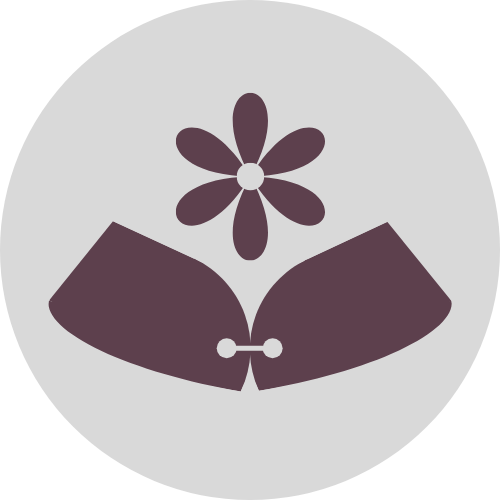
How to make your own herbal infused oil
Table of contents
What components can be extracted from making infused oil?
What is infused oil?
Infused oil is a type of oil obtained by extracting components from aromatic herbs using oils as solvents.
What components can be extracted from making infused oil?
The components that can be extracted are primarily fat-soluble (non-polar) components. For example:
- Lipids
- Volatile oils
- Resins
- Alkaloids
- Vitamins A, D, E, and K
Different herbs have their own unique components. For example, calendula is rich in carotenoids, and calendula-infused oil has a beautiful orange color (see right image below).

How to use infusion oil?
It can be used directly as a carrier oil, or to make skincare products such as ointments and lotions. It can also be used to make handmade soaps, shampoo bars, and other cleaning products.
If edible-grade vegetable oils and herbs are used and prepared in a food-grade manner, they are also safe to consume. For example, olive oil can be infused with edible spices or herbs. This article primarily discusses infused oils for external use.
Because different herbs have different characteristic components, the resulting infused oils will be used in different situations. For example, calendula infused oil is often used for anti-inflammatory, soothing, and repairing purposes, while St. John's wort infused oil or rosemary infused oil are frequently used for bruises, sprains, or pain relief. Different herbs also have their own contraindications and safety precautions. Simply put, you should understand the herbs you are infusing before using them.
Materials for making infused oil
Vegetable oils
Choose high-quality vegetable oils. Another article on making massage oils discusses the selection of carrier oils. I often use jojoba oil, which is stable, doesn't oxidize easily, has a light texture, and absorbs quickly.
Herbs
Use high-quality herbs. Dried herbs can produce infused oils that last longer. If herbs containing moisture are used, the shelf life of the finished product will be significantly reduced, and it should be used as soon as possible to prevent the oil from going rancid.
Breaking the herbs into smaller pieces will increase the surface area available for infusion.

Antioxidants
Vitamin E oil is commonly used to slow down the oxidation of oils.
Other appliances
- Clean glass jar
- Filter cloth or gauze
- Funnel
- Label
Simple methods for making infused oil
Room temperature method
It takes time, but it's also relatively environmentally friendly and doesn't consume much energy.
- Fill the jar about halfway with herbs, then pour in vegetable oil until it's full. The oil should completely cover the herbs. Sometimes you might see the herbs floating to the top; that's normal.
- Tighten the lid and turn the jar upside down a few times to ensure the oil evenly contacts the plant material.
- Place it in a place where it will not be exposed to direct sunlight and soak it for a period of time, usually 4-6 weeks.
- Filter out the herbs.
- Add vitamin E oil, bottle it, and label it.
- Store in a cool, dark place or in the refrigerator. Refer to the expiration date on the vegetable oil label for shelf life.
Warming method
The process is largely the same as the room temperature method, except for the addition of a heating step. If the plant material contains a high amount of resins, using the warming method can increase the extraction rate.
- Place the jar containing the plant material and oil into an electric cooker, turn on the keep-warm mode (around 50 degrees Celsius), and extract for 4-8 hours. After extraction, remove the jar, let it cool, and then filter.
© All content on this website is written by Days of Herbs and all copyrights are reserved. The articles are for educational purposes and do not constitute claims of product efficacy.
